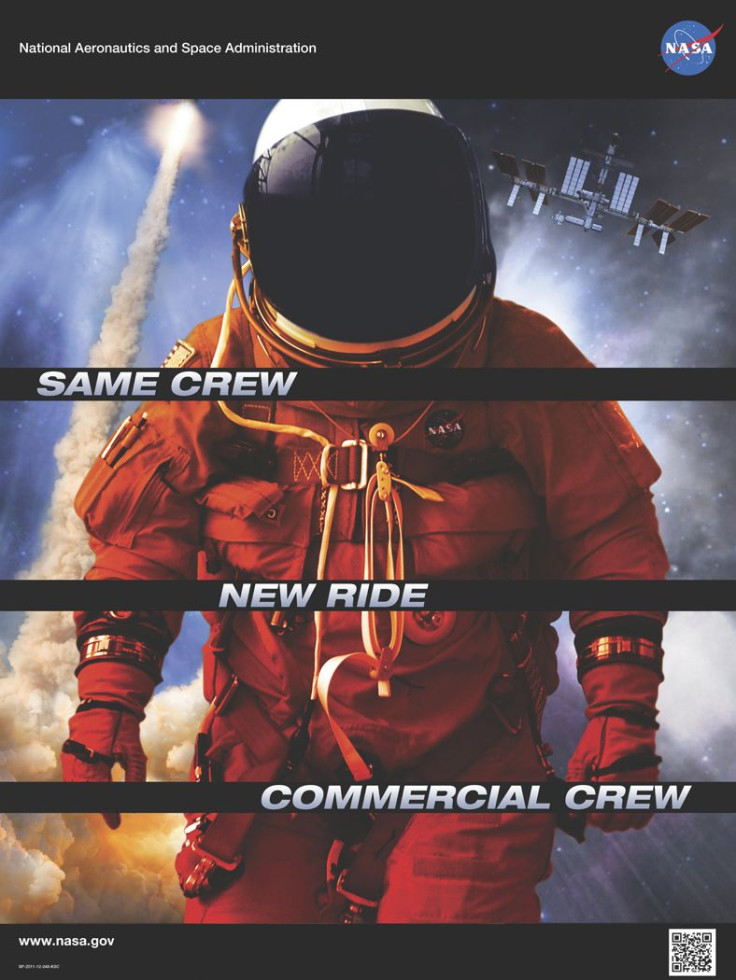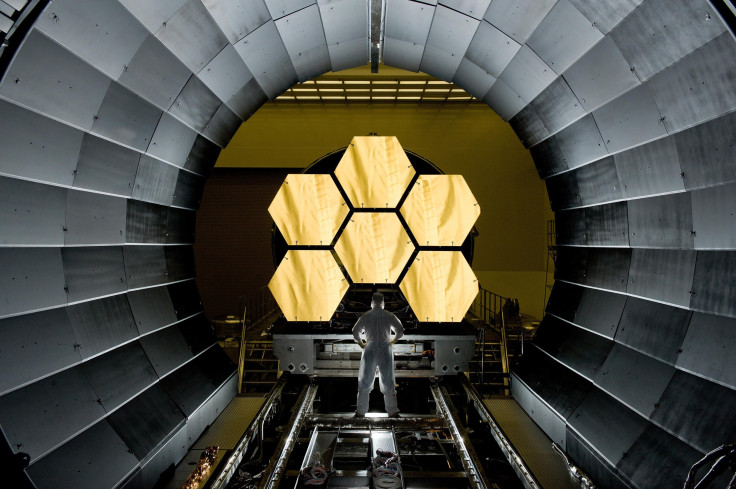Orion Spacecraft Launch: NASA’s Next Milestones Include Return Of US Launches In 2017, Mars And More

With the first test flight of Orion Friday, NASA began its ambitious mission to send humans to Mars in the 2030s. Prior to reaching the red planet, the space agency has several important missions, including the return of manned launches from the U.S. in 2017.
The Return Of Manned Launches

Currently, NASA pays Russia $70 million for a ticket aboard a Soyuz capsule to send astronauts to the International Space Station (ISS). The last shuttle mission took place in 2011, and NASA has turned to commercial partners to bring manned launches back to America as part of its Commercial Crew Program. On Sept. 16, NASA awarded contracts to Boeing and SpaceX to transport astronauts to the ISS in 2017. Boeing received a $4.2 billion contract and will develop its CST-100 spacecraft for crew missions, while SpaceX was awarded a $2.6 billion contract and will use the Crew Dragon spacecraft.
"Thanks to the leadership of President Obama, the hard work of our NASA and industry teams, and support from Congress, today we are one step closer to launching our astronauts from U.S. soil on American spacecraft and ending the nation’s sole reliance on Russia by 2017," NASA Administrator Charlie Bolden said in a statement.
The contracts cover a crewed flight test, and after certification, Boeing and SpaceX will be responsible for at least two, and as many as six, crew missions to the ISS. Most recently, Boeing completed the Certification Baseline Review, which details how the company will achieve NASA certification, including plans for how Boeing will operate a launch and how the CST-100 spacecraft will attach to the space station.
The Hubble Successor

The Hubble Space Telescope has revolutionized how we view the universe, and the James Webb Space Telescope will offer an even more impressive glimpse into the early universe. Set to launch in 2018, the James Webb Space Telescope will have a massive 21.3-foot primary mirror; Hubble's primary mirror measures 7 feet, 10 inches, in diameter. U.S. Sen. Barbara Mikulski, D-Md., described the transition from the Hubble to the James Webb Space Telescope as "going from a biplane to the jet engine."
The James Webb Space Telescope will have four science instruments:
- The Near Infrared Camera will observe star and galaxy formation, Kupier Belt objects and developing stars in the Milky Way.
- The Near InfraRed Spectrograph can observe 100 objects simultaneously and will be used to observe galaxies formed just after the Big Bang.
- The Mid-Infrared Instrument can observe comets and young star formation.
- The Fine Guidance Sensor/Near InfraRed Imager and Slitless Spectrograph can be used to provide accurate photos and exoplanet detection.
The Next Mars Rover

NASA's Curiosity rover continues to provide new insights into Mars' history while setting new records for distance traveled, and the space agency will continue to look for signs of a once-habitable planet with its next Mars rover. Set to launch in 2020, the rover will analyze rocks and soil samples while also gathering data that will be used for manned missions to Mars.
How To Capture An Asteroid
As part of its "Next Giant Leap," NASA will send a manned crew aboard the Orion to a nearby asteroid in the 2020s. The Asteroid Redirect Mission will first capture an asteroid and place it in a safe orbit around the moon. Astronauts will fly to the captured asteroid and collect samples which will be returned to Earth. The mission will serve as a test of Orion's capabilities and technology ahead of a mission to Mars.
To Mars And Beyond
Friday's Orion launch is the first step in NASA's goal to send humans to Mars in the 2030s. Orion is a multipurpose vehicle and can be used to transport astronauts to the space station, an asteroid, the moon and Mars.
© Copyright IBTimes 2024. All rights reserved.






















